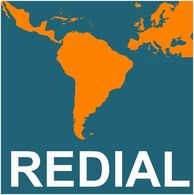Plantes médicinales et populations autochtones en Guyane : perception chamanique, législation et gouvernance de la biodiversité
Résumé
Healing plants are perceived in very different ways according to various users of nature:
for the Natives of French Guiana, they make sense in a spiritual approach of Nature, whereas for the other numerous actors, they are perceived as factories of bioactive molecules, or through their economic potential. After a description of these various approaches, and the way they are translated (or not) in texts developed to protect biological diversity and genetic resources (CDB, Nagoya protocol, protocols of access to the resources and sharing of the advantages) applied in Guiana’s Region, French law’s project on biodiversity, we discuss the trap posed by these legal questions for indigenous peoples, but also the new dynamics they generate in terms of governance for all stakeholders involved in Acces and Benefit Sharing (ABS).
Origine : Fichiers éditeurs autorisés sur une archive ouverte

